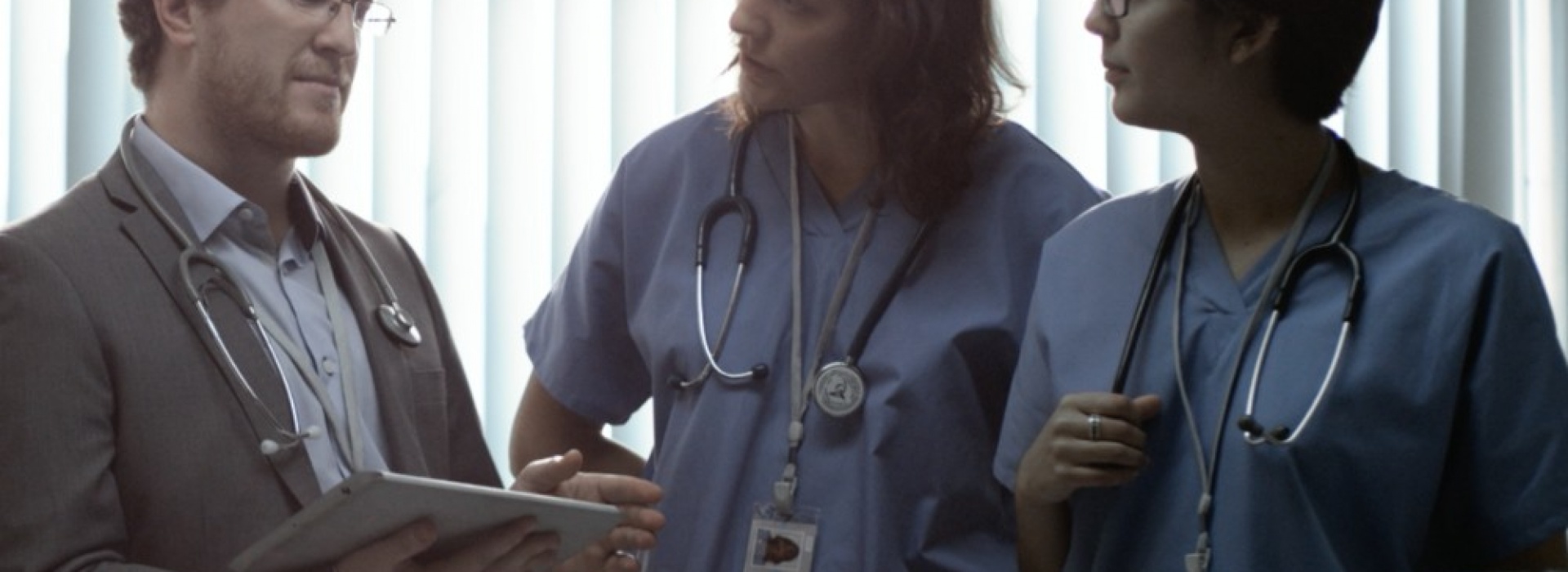
New Zealand. Home of medical marvels
New Zealanders are an ingenious bunch of people, and some of their innovations and inventions in the medical field have helped save lives all over the world.

New Zealanders are an ingenious bunch of people, and some of their innovations and inventions in the medical field have helped save lives all over the world.
Kiwis have ingenuity tightly coded in their DNA, and for decades they’ve been making advances in medicine – many of which you probably don’t realise came from New Zealand. Here’s five of the best.
1. Respiratory Humidifier.
With a fifty-year history in New Zealand, Fisher & Paykel Healthcare has changed the way the world delivers respiratory humidification to patients in critical care. Through Kiwi ingenuity and original thinking, they have developed innovative solutions that today help patients in around 120 countries.
2. The disposable syringe.
In the past reusing syringes was how things were done. But they were made of glass, and unless they were sterilised properly they were a sure-fire way to spread diseases between people and animals. A clever Kiwi called Colin Murdoch was well aware of these risks and, driven by an idea to vaccinate animals more effectively; he designed the world’s first disposable plastic syringe. That was back in 1956, and to this day his invention has saved millions of human and animal lives
3. 3D colour x-rays.
It’s goodbye to black and white. New Zealand company, MARS Bioimaging, have developed a world-leading colour x-ray for medicine. By producing clearer and more accurate images this innovation will help doctors give their patients more precise diagnoses all over the world.
4. Robots for rehabilitation.
Imagine freeing yourself from a wheelchair, standing up, walking around, and exercising. There’s a world-first product that’s been developed in New Zealand by REX Bionics that gives people with severe disabilities the chance to do just that. It’s a robotic exoskeleton – a hands-free robotic device designed for rehabilitating people with mobility impairments. REX is giving them the life-changing opportunity to move around and get relief from the pain, and discomfort of severe neurological conditions.
5. Plastic Surgery.
World War I saw many soldiers suffer facial injuries, most often from gunshot wounds. So, the need for an effective way to solve these injuries was more important than ever. Whilst rhinoplasty and facial reconstructions had been practised for centuries, there was no consistent way to carry these operations out. New Zealand doctor Sir Harold Gillies standardised techniques and established the discipline we know today as ‘plastic surgery’.
So, if you’re looking for robots, x-rays, humidifiers, you name it... we know a place.